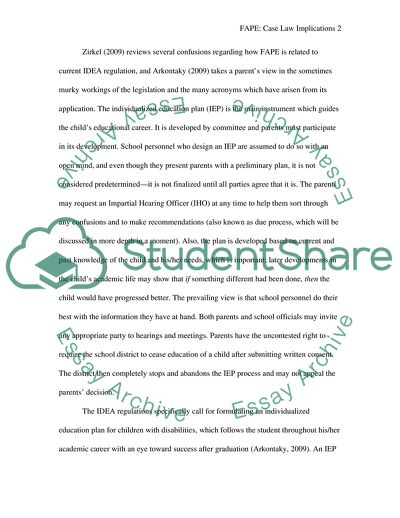Cite this document
(Free Appropriate Public Education: Case Law Implications Coursework, n.d.)
Free Appropriate Public Education: Case Law Implications Coursework. https://studentshare.org/law/1728540-research-paper
Free Appropriate Public Education: Case Law Implications Coursework. https://studentshare.org/law/1728540-research-paper
(Free Appropriate Public Education: Case Law Implications Coursework)
Free Appropriate Public Education: Case Law Implications Coursework. https://studentshare.org/law/1728540-research-paper.
Free Appropriate Public Education: Case Law Implications Coursework. https://studentshare.org/law/1728540-research-paper.
“Free Appropriate Public Education: Case Law Implications Coursework”. https://studentshare.org/law/1728540-research-paper.


